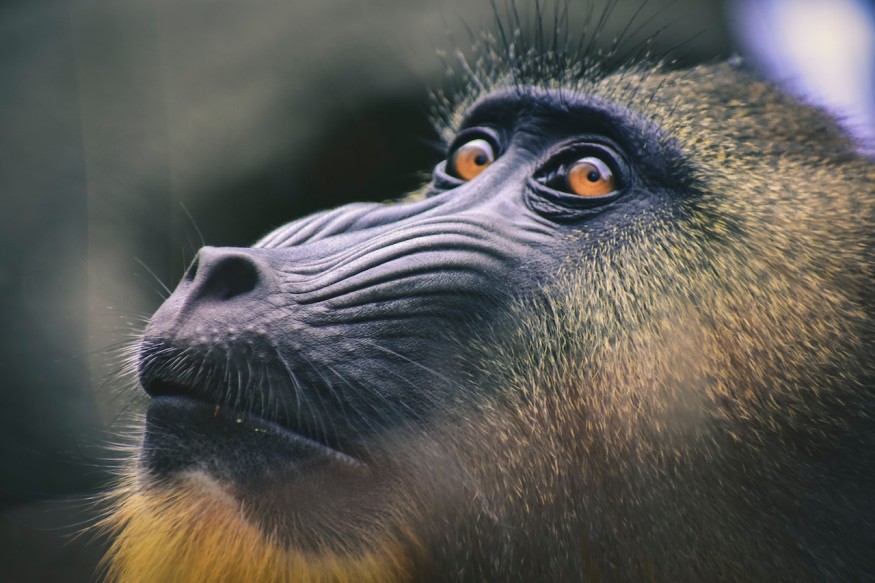
As part of a new study, researchers reconstructed the damaged but well-preserved skull of an extinct ape species from 12 million years ago.
Crucial Ape Species
The extinct ape species, Pierolapithecus catalaunicus, could be vital in understanding the evolution of humans and great apes.
P. catalaunicus was first described in 2004. The species' roots go back to northeastern Spain. This ape was considered part of a diverse group of ape species that are now extinct. This group of apes used to live in Europe roughly 15 to 7 million years ago.
The extinct ape is vital to understanding hominid evolution's mosaic nature due to how it is known to form a partial skeleton and cranium of the same individual, which is considered rare in the fossil record.
Kelsey Pugh, the study's lead author and a research associate at the Division of Anthropology at the American Museum of Natural History, explains that skull and tooth features are extremely vital for resolving the evolutionary links between fossil species. Pugh adds that when we find the material linked to skeletal bones, it offers the opportunity to learn more about animal biology in terms of its movement relative to its environment.
Ashley Hammon, the associate curator and chair of the Division of Anthropology and a co-author of the study, explains that one of the long-standing issues when it comes to ape and human evolution study is that the fossil record remains fragmentary, with several specimens being distorted and not fully preserved. Because of this, it is hard to reach a definitive consensus regarding the evolutionary links of key ape fossils that are vital to understanding evolution.
ALSO READ : 8.7-Million-Year-Old Ape Skull Found in Turkey Suggests Human Ancestors Evolved in Europe Not Africa
Extinct Ape Reconstructed
To shed light on the matter, the researchers maximized CT scans to come up with a virtual reconstruction of the ape's cranium. They also compared this reconstruction with other primates and modeled the evolution of the key characteristics of the ape's facial structure.
Doing so enabled the researchers to discover that the ape species has similarities with the general face size and shape with both the living and fossilized great apes. However, it also has unique facial qualities that cannot be observed in other apes from the Middle Miocene time.
The study results align with the notion that the ape species could serve as a representation of the earliest members of humans and great apes.
Sergio Almécija, a senior research scientist from the Division and a co-author of the study, explains that one interesting output of the study is that the ape's cranium was found to have a closer shape and size to the ancestor from where humans and great apes evolved from. Siamangs and gibbons, on the other hand, appeared to be secondarily derived when it came to size reduction.
RELATED ARTICLE: Stoned Ape Theory Explained: Is This Hypothesis on Evolution Valid?
Check out more news and information on Human Evolution on Science Times.












